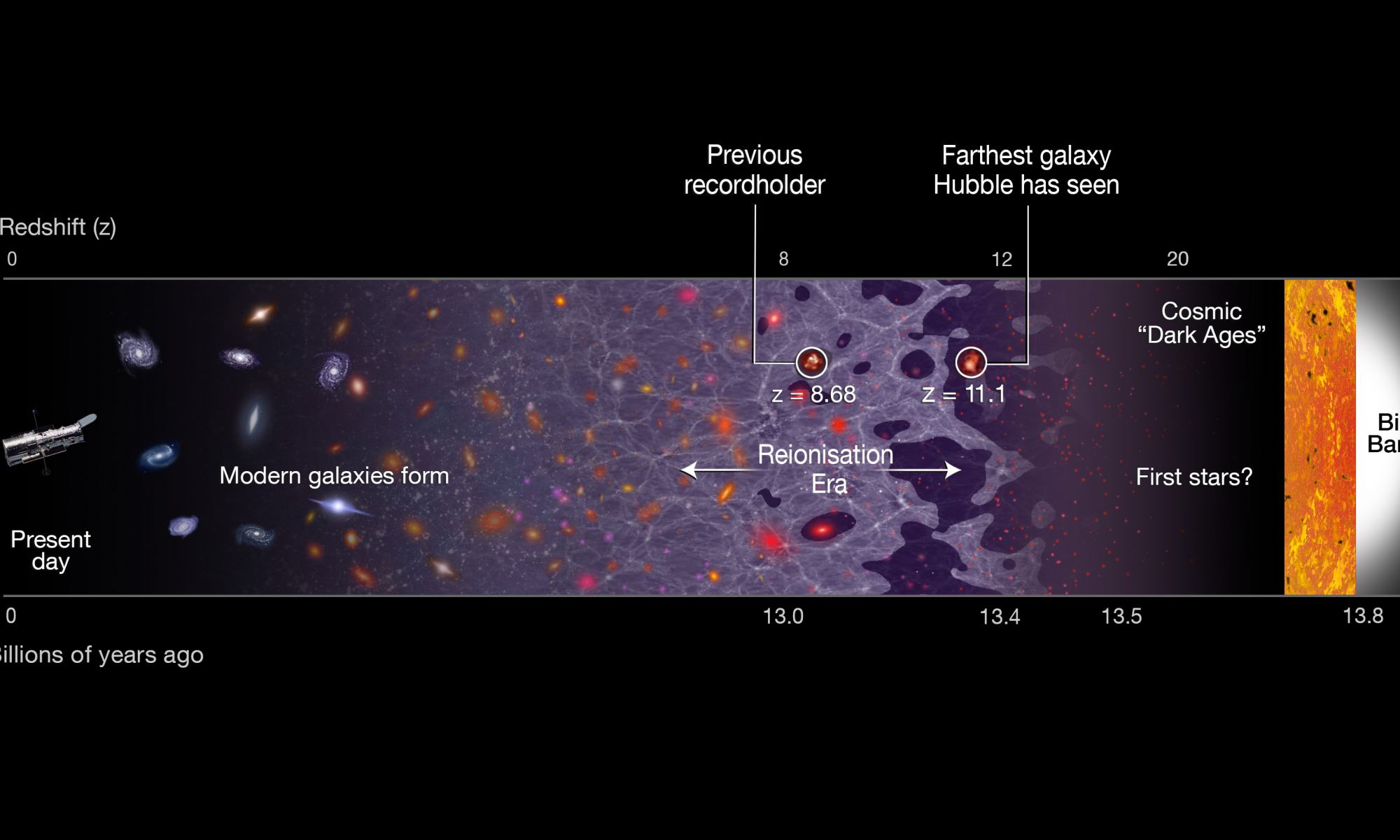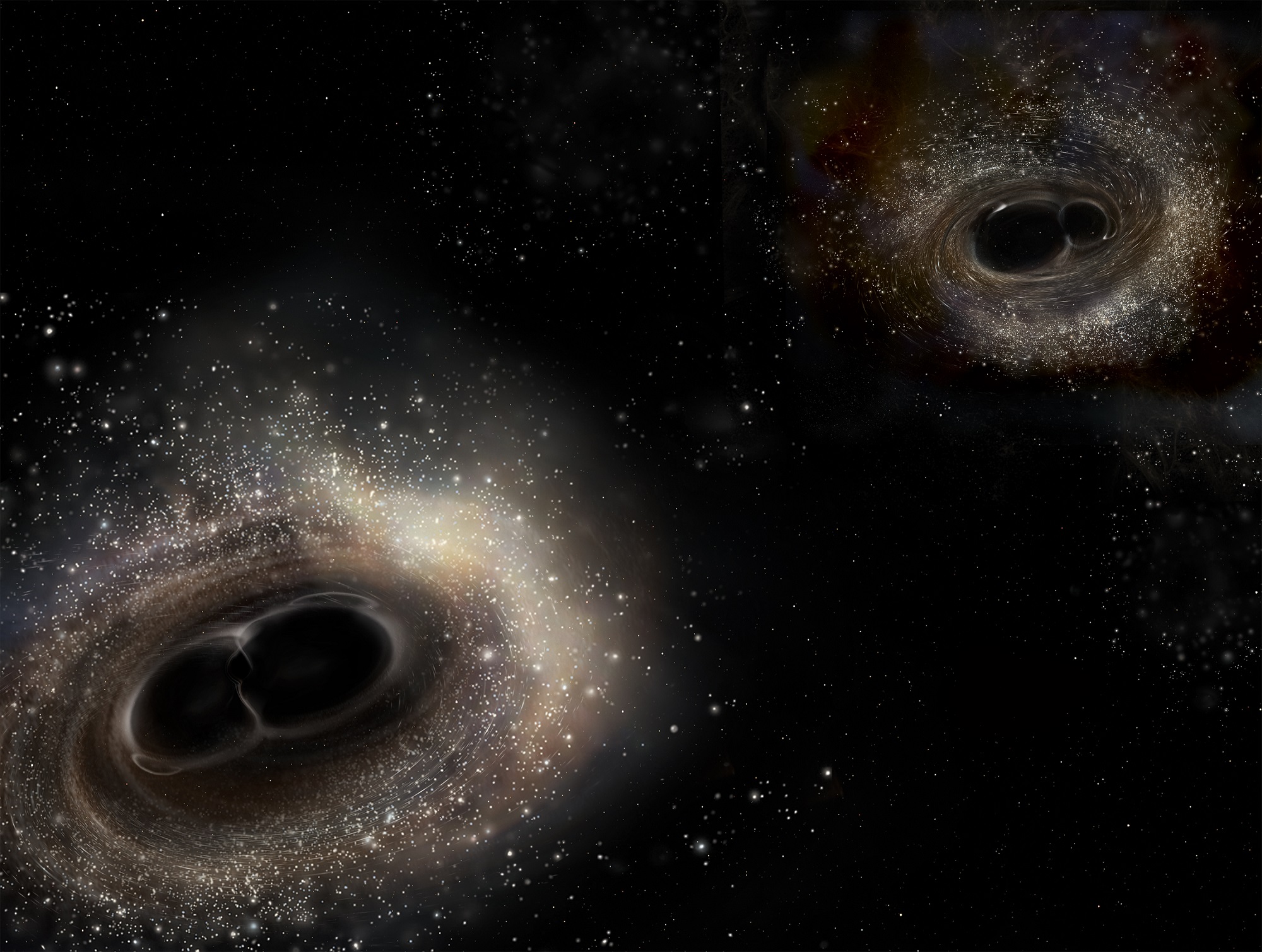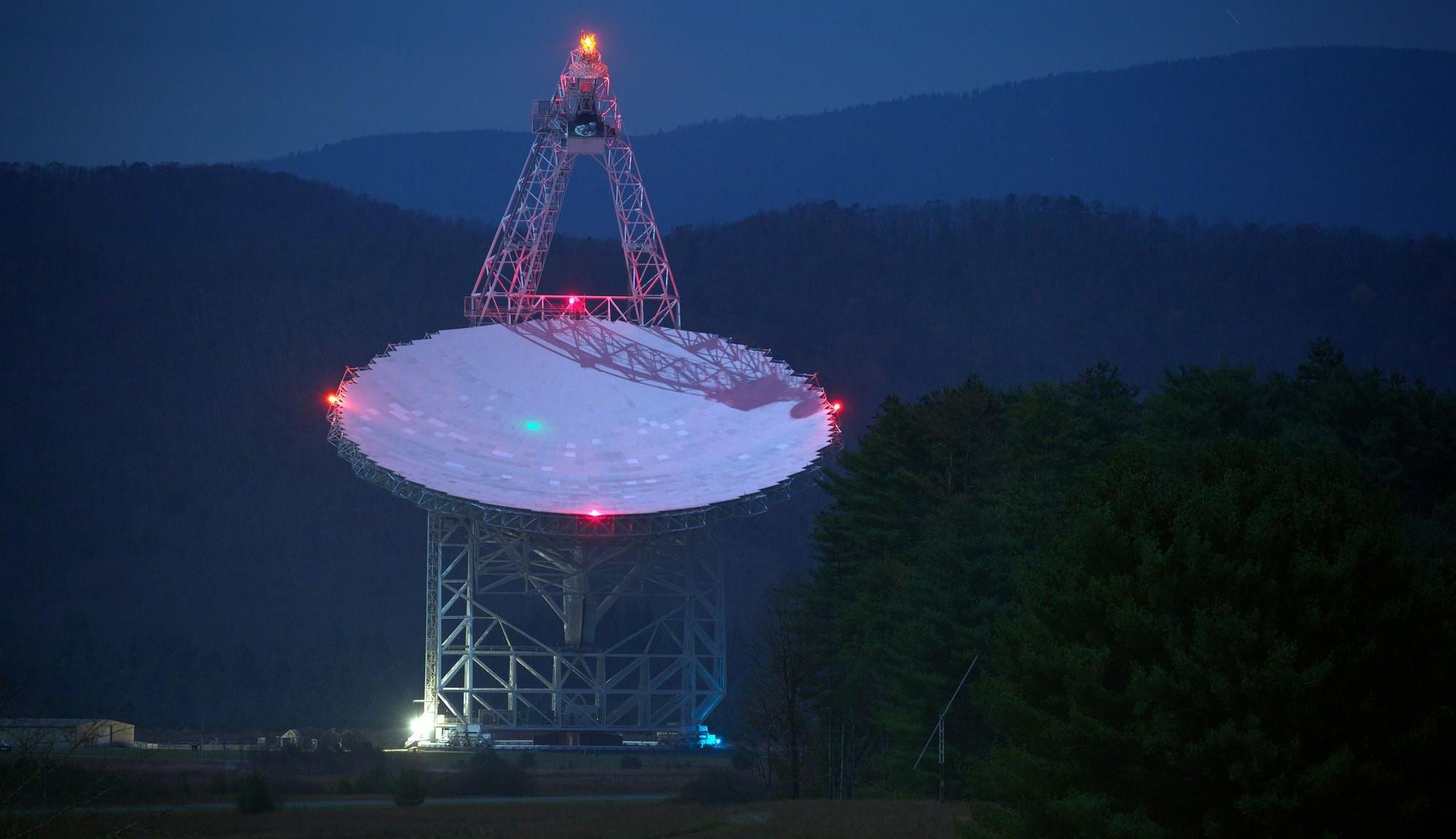It’s often said that in its earliest moments the universe was in a hot, dense state. While that’s a reasonably accurate description, it’s also quite vague. What exactly was it that was hot and dense, and what state was it in? Answering that question takes both complex theoretical modeling and high-energy experiments in particle physics. But as a recent study shows, we are learning quite a bit.
Continue reading “What Happened Moments After the Big Bang?”It Could be Possible to see Gravitational Wave Lenses
Gravitational-wave astronomy is very different from that of electromagnetic light. While gravitational waves are faint and difficult to detect, they also pass through matter with little effect. In essence, the material universe is transparent to gravitational waves. This makes gravitational wave astronomy a powerful tool when studying the universe. But it’s still in the early stages, and there is much to learn about how gravitational waves behave.
Continue reading “It Could be Possible to see Gravitational Wave Lenses”Massive Stars Mix Hydrogen in Their Cores, Causing Them to Pulse Every few Hours or Days
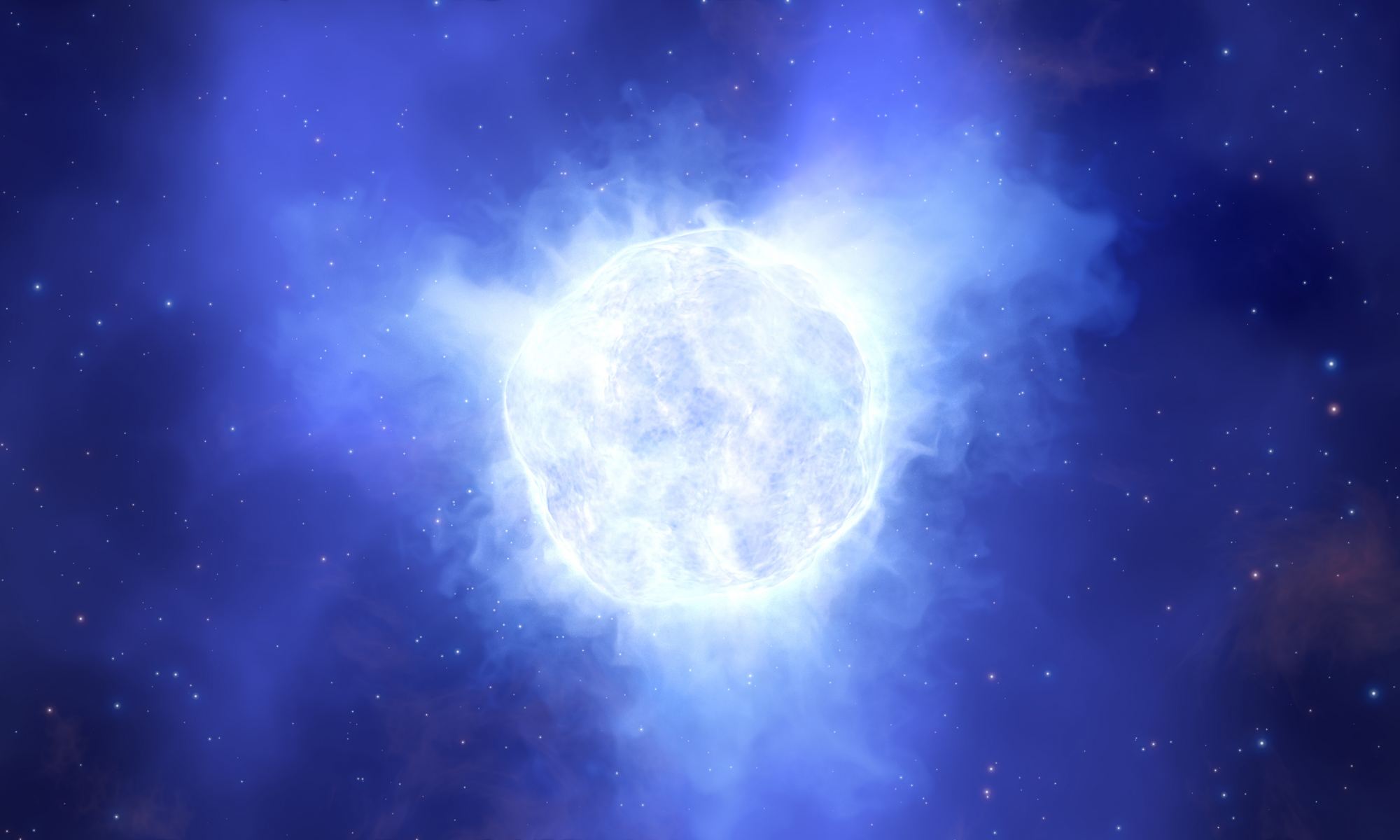
Main sequence stars fuse hydrogen in their cores. It’s how they produce the energy they need to shine and keeps them from collapsing under their own weight. As hydrogen is fused into helium, there is less hydrogen available in the core. This can pose a challenge for large stars. They need to fuse a tremendous amount of hydrogen to keep shining, and they can’t do that when core hydrogen is depleted. Fortunately, they can solve this problem by mixing more hydrogen into their core. A new study in Nature Astronomy shows us how this mixing happens.
Continue reading “Massive Stars Mix Hydrogen in Their Cores, Causing Them to Pulse Every few Hours or Days”Gaia Might Even be Able to Detect the Gravitational Wave Background of the Universe
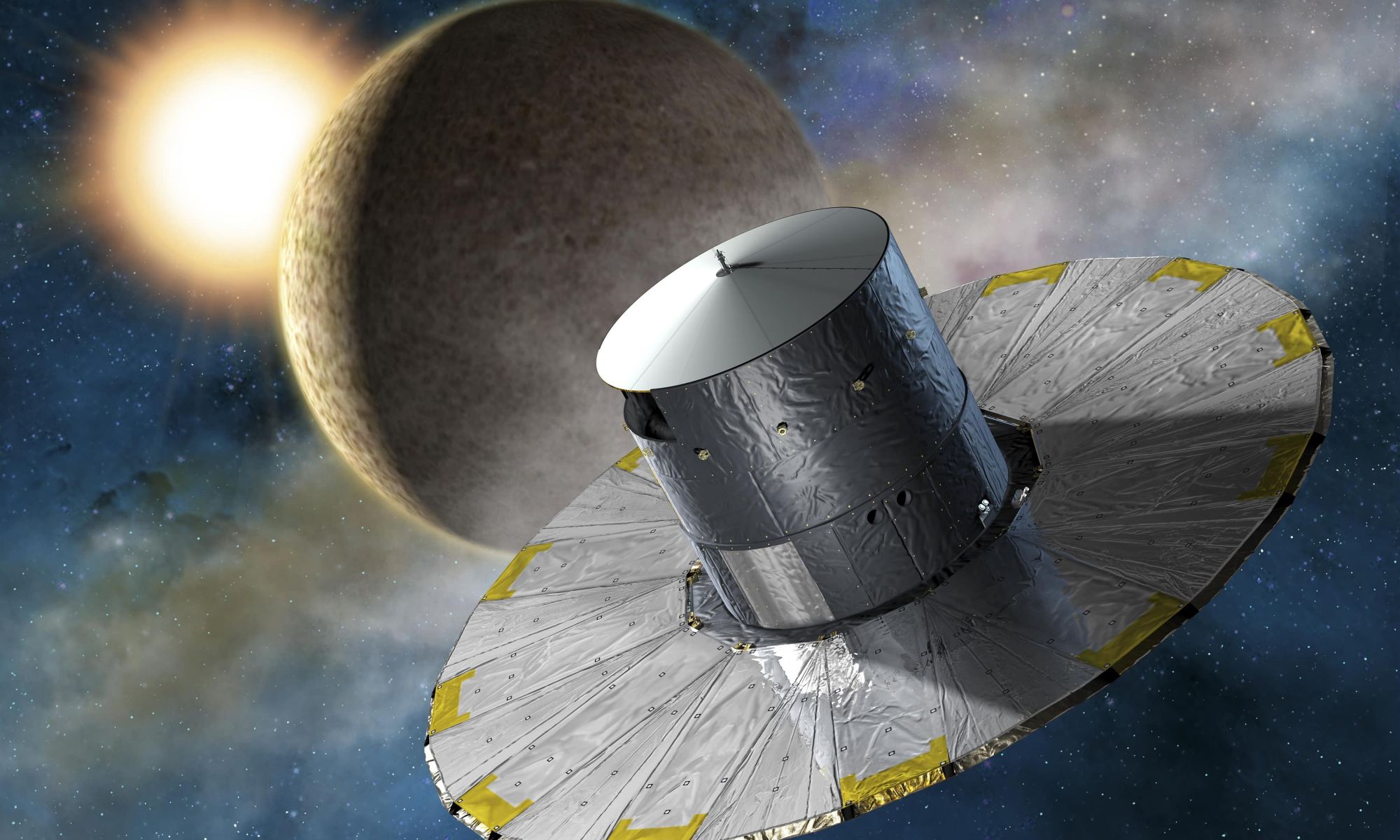
The Gaia spacecraft is an impressive feat of engineering. Its primary mission is to map the position and motion of more than a billion stars in our galaxy, creating the most comprehensive map of the Milky Way thus far. Gaia collects such a large amount of precision data that it can make discoveries well beyond its main mission. For example, by looking at the spectra of stars, astronomers can measure the mass of individual stars to within 25% accuracy. From the motion of stars, astronomers can measure the distribution of dark matter in the Milky Way. Gaia can also discover exoplanets when they pass in front of a star. But one of the more surprising uses is that Gaia could help us detect cosmic gravitational waves.
Continue reading “Gaia Might Even be Able to Detect the Gravitational Wave Background of the Universe”We Could Detect Extraterrestrial Satellite Megaconstellations Within a few Hundred Light-Years
Starlink is one of the most ambitious space missions we’ve ever undertaken. The current plan is to put 12,000 communication satellites in low-Earth orbit, with the possibility of another 30,000 later. Just getting them into orbit is a huge engineering challenge, and with so many chunks of metal in orbit, some folks worry it could lead to a cascade of collisions that makes it impossible for satellites to survive. But suppose we solve these problems and Starlink is successful. What’s the next step? What if we take it further, creating a mega-constellation of satellites and space stations? What if an alien civilization has already created such a mega-constellation around their world? Could we see it from Earth?
Continue reading “We Could Detect Extraterrestrial Satellite Megaconstellations Within a few Hundred Light-Years”Dark Matter Could Change the Temperature of Exoplanets, Allowing us to Detect it
Ah, dark matter, you continue to allude us. The stuff is incredibly difficult to study. It doesn’t interact with light, so our evidence of it is based upon its gravitational effects on light and visible matter. And the biggest difficulty is that we still don’t know what it is. Efforts to detect dark matter directly have come up empty, as have indirect methods such as looking for evidence of dark matter through things such as excess gamma-rays in the Milky Way. But astronomers continue to think up new ways to detect the stuff, such as a recent study published in Physical Review Letters.
Continue reading “Dark Matter Could Change the Temperature of Exoplanets, Allowing us to Detect it”Breakthrough Listen Searched for Signals From Intelligent Civilizations Near the Center of the Milky Way
The Breakthrough Listen project has made several attempts to find evidence of alien civilizations through radio astronomy. Its latest effort focuses attention on the center of our galaxy.
Continue reading “Breakthrough Listen Searched for Signals From Intelligent Civilizations Near the Center of the Milky Way”11-Sigma Detection of Dark Energy Comes From Measuring Over a Million Extremely Distant Galaxies
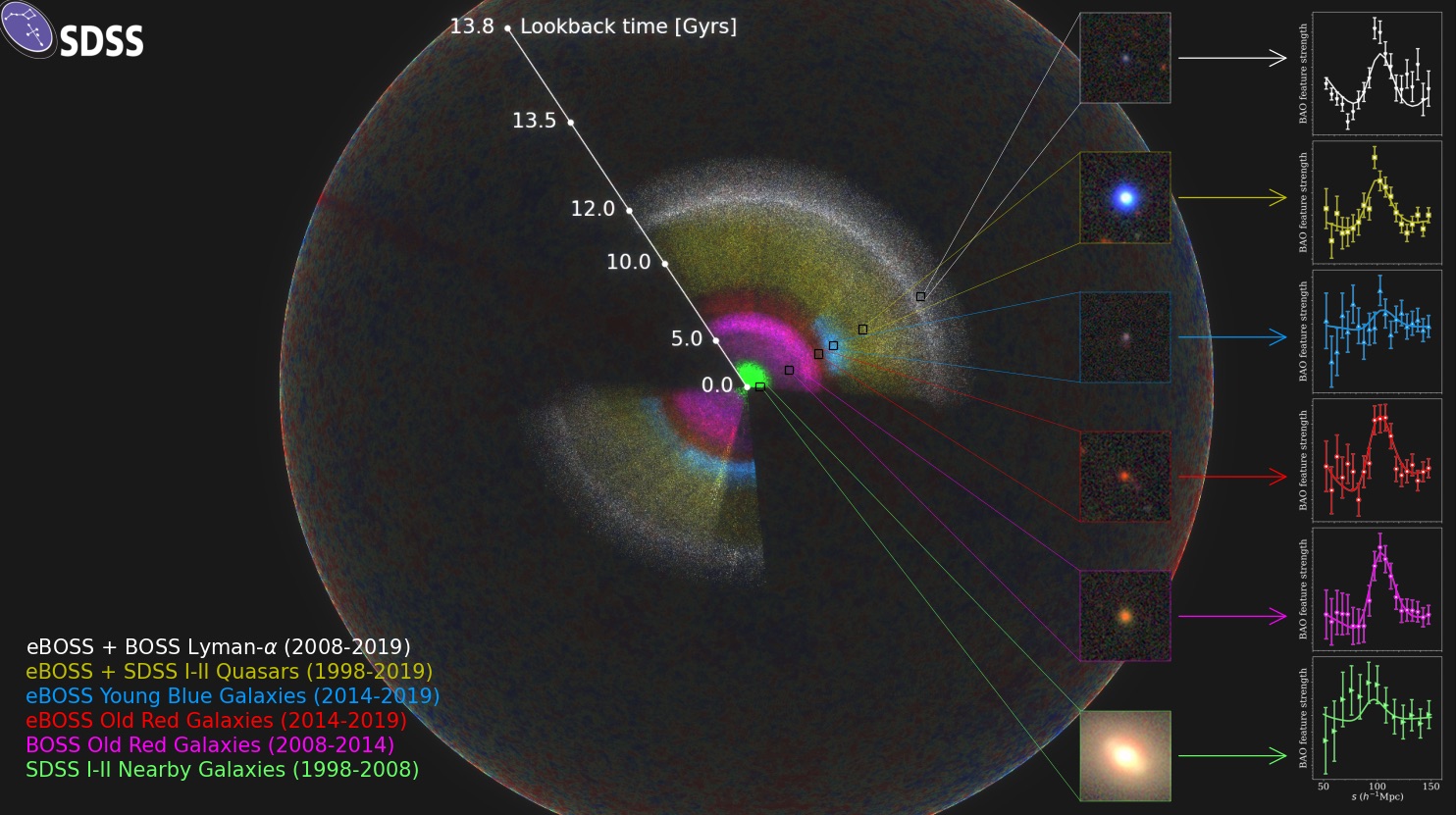
After galaxies began to form in the early universe, the universe continued to expand. The gravitational attraction between galaxies worked to pull galaxies together into superclusters, while dark energy and its resulting cosmic expansion worked to drive these clusters apart. As a result, the universe is filled with tight clusters of galaxies separated by vast voids of mostly empty space.
Continue reading “11-Sigma Detection of Dark Energy Comes From Measuring Over a Million Extremely Distant Galaxies”Smallest, Closest Black Hole Ever Discovered is Only 1,500 Light-Years Away
In theory, a black hole is easy to make. Simply take a lump of matter, squeeze it into a sphere with a radius smaller than the Schwarzschild radius, and poof! You have a black hole. In practice, things aren’t so easy. When you squeeze matter, it pushes back, so it takes a star’s worth of weight to squeeze hard enough. Because of this, it’s generally thought that even the smallest black holes must be at least 5 solar masses in size. But a recent study shows the lower bound might be even smaller.
Continue reading “Smallest, Closest Black Hole Ever Discovered is Only 1,500 Light-Years Away”A new Technique Could use Quasars to Directly Measure the Expansion Rate of the Universe
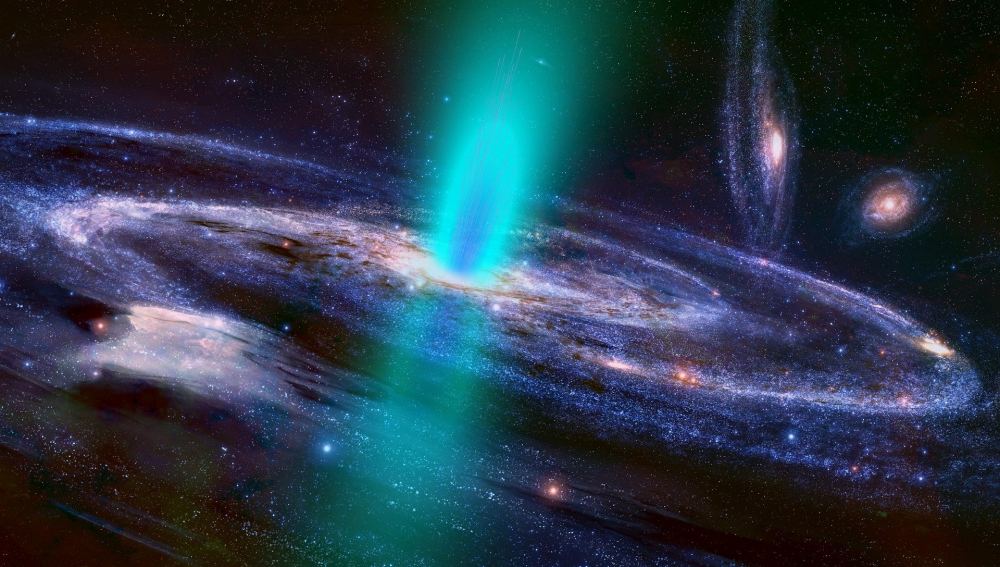
One of the biggest challenges to measuring the expansion of the universe is the fact that many of the methods we use are model-dependent. The most famous example is the use of distant supernovae, where we compare the standard brightness of a Type Ia supernova with their apparent brightness to find their distance. But knowing the standard brightness depends upon comparing them to the brightness of Cepheid variables which is in turn determined by measuring the distances of nearby stars via parallax. Every step of this cosmic distance ladder depends upon the step before it.
Continue reading “A new Technique Could use Quasars to Directly Measure the Expansion Rate of the Universe”
